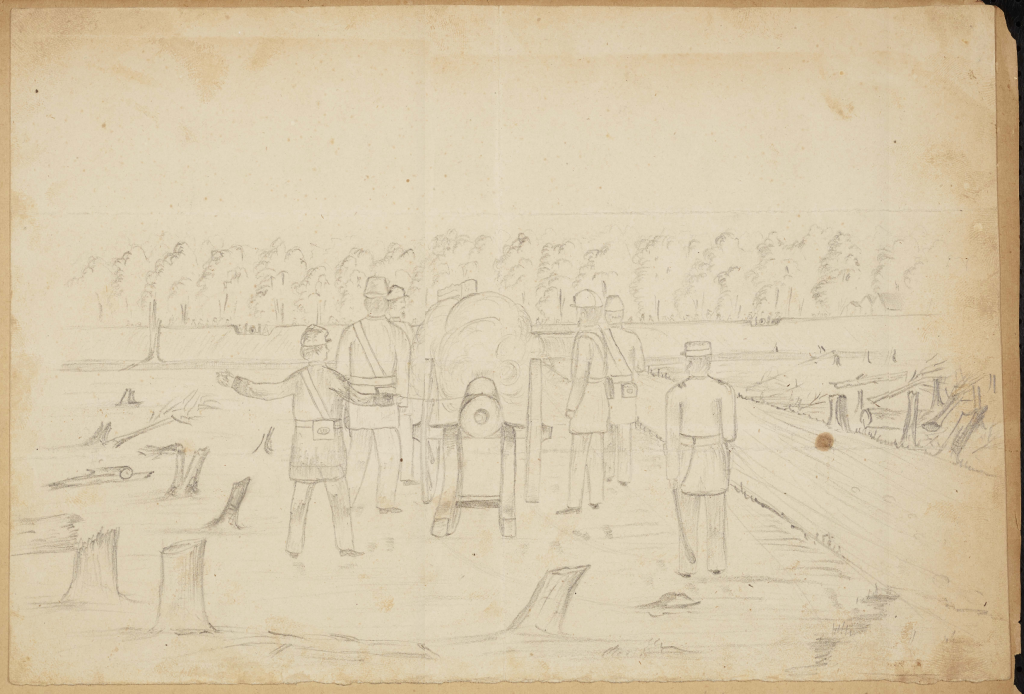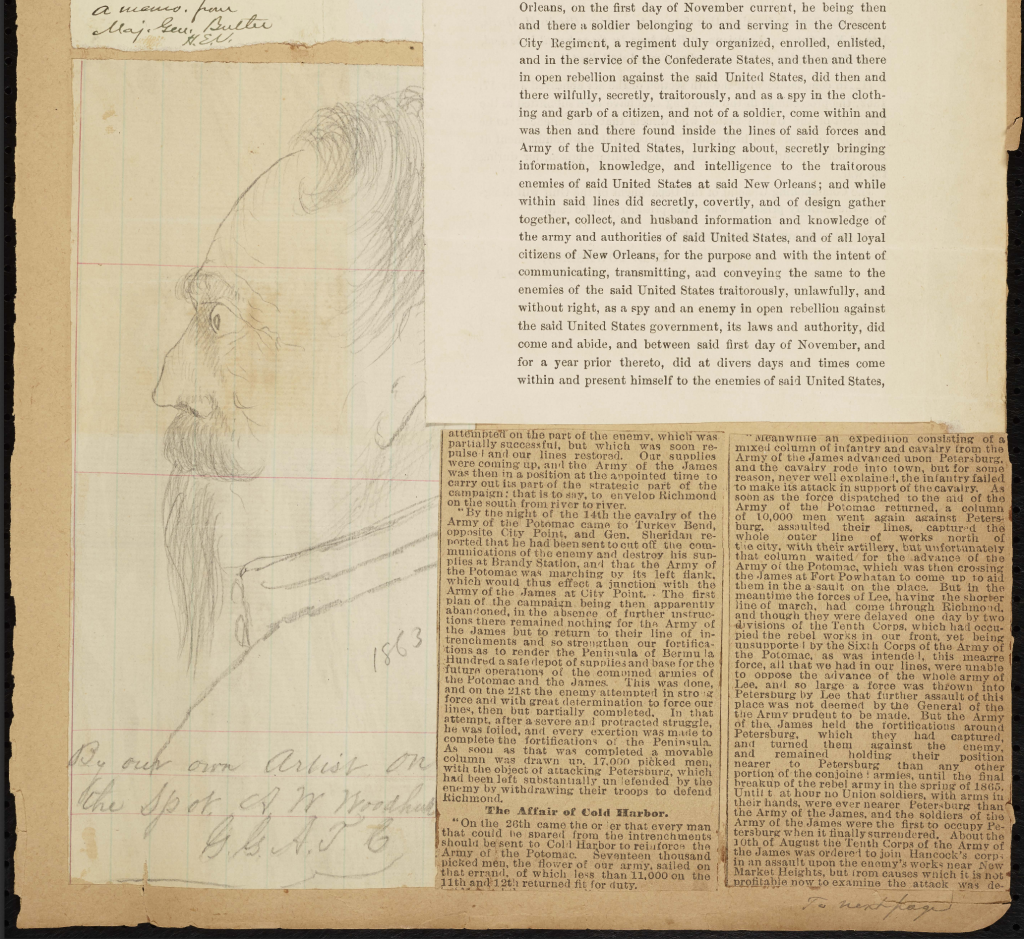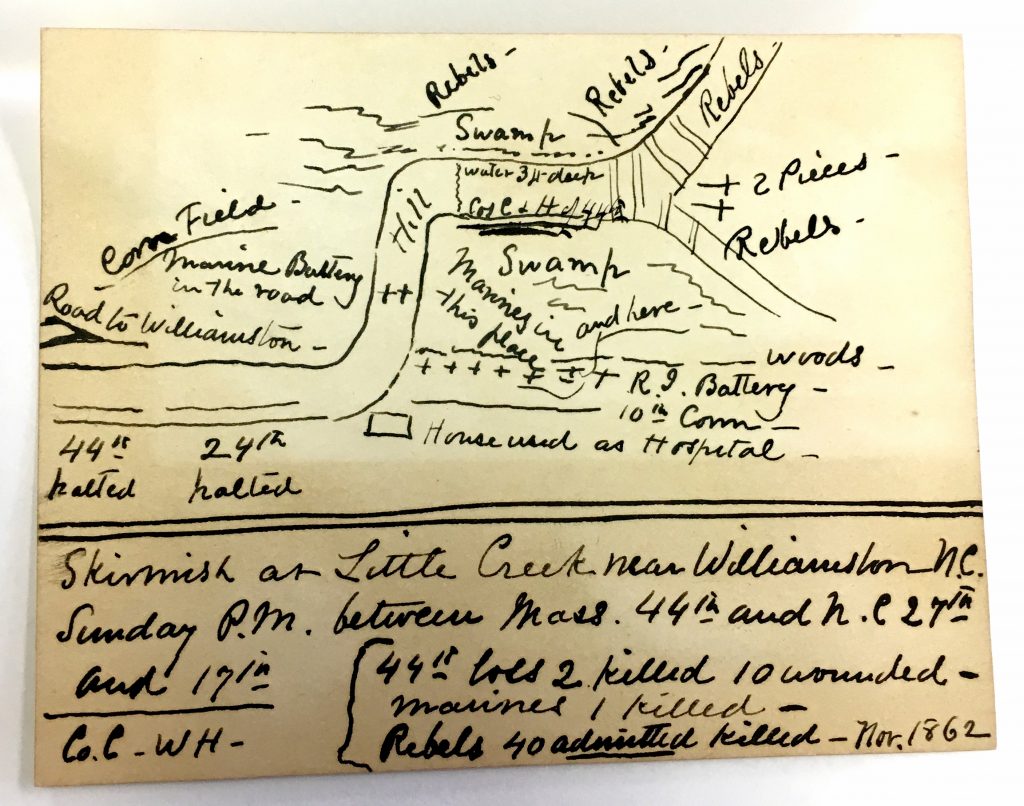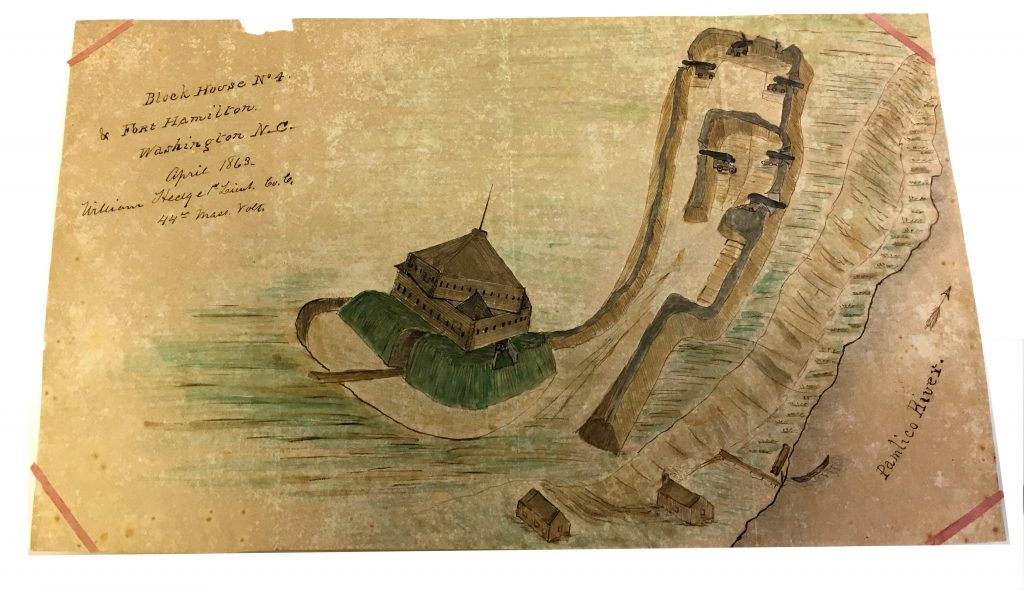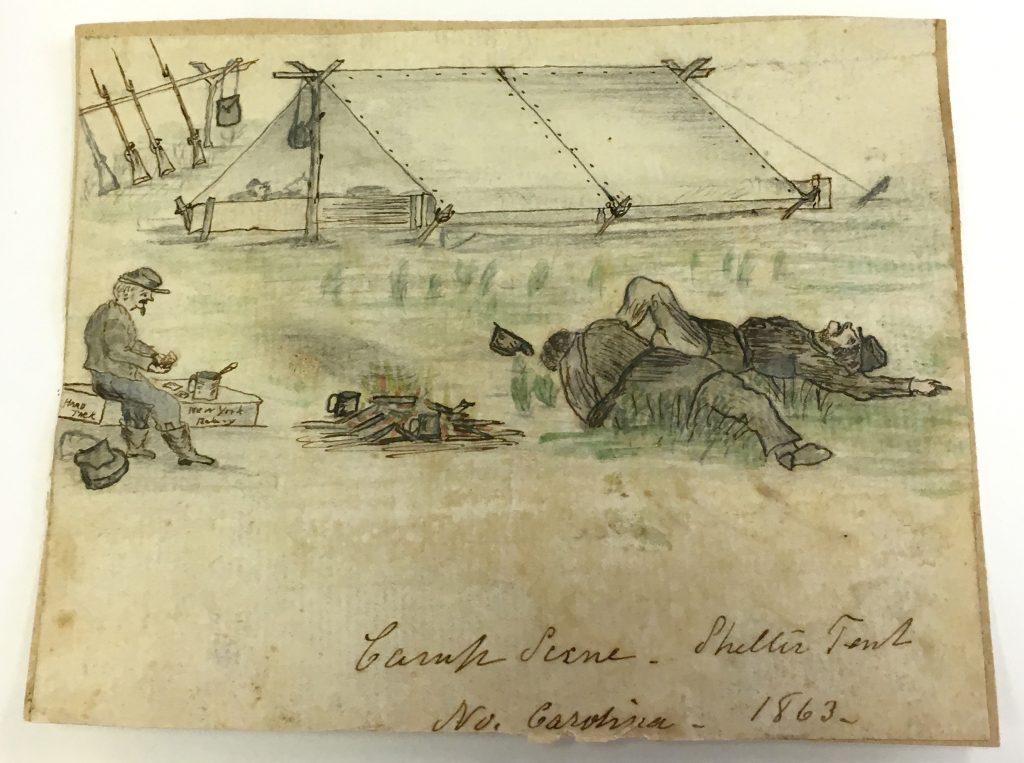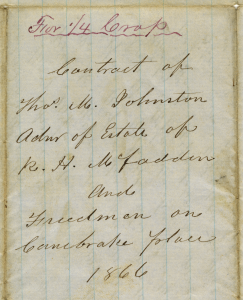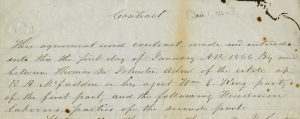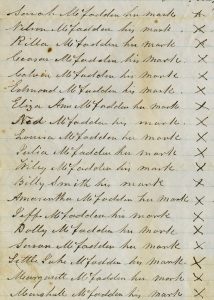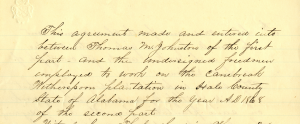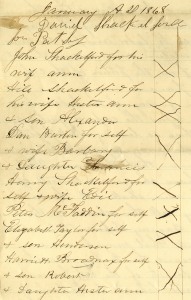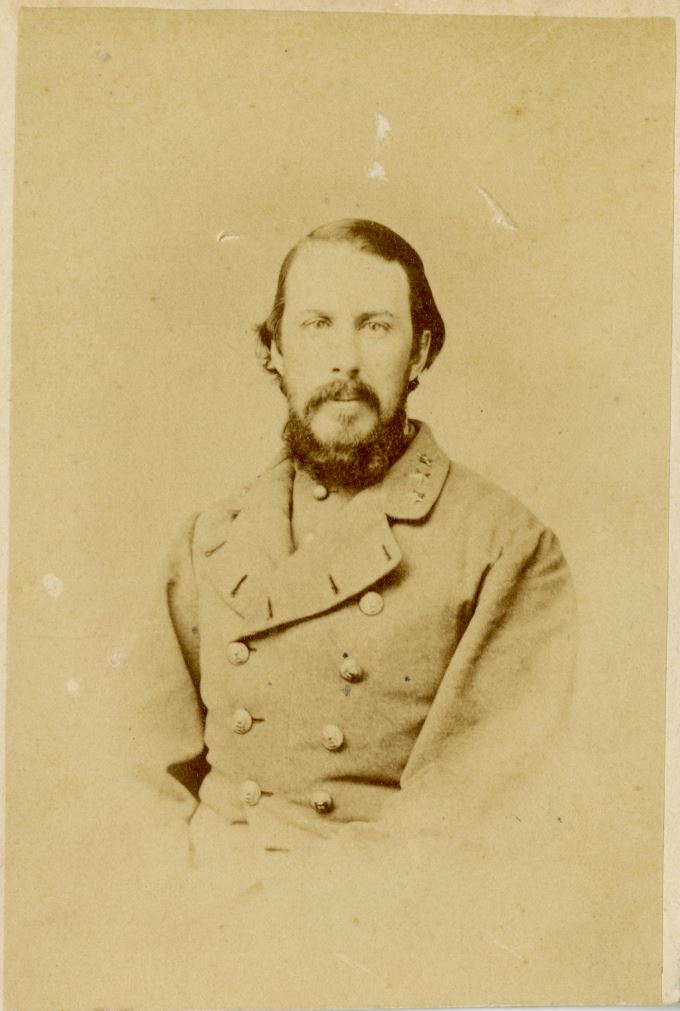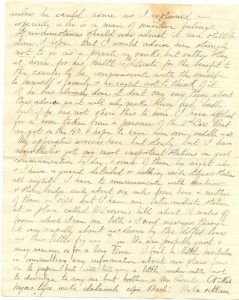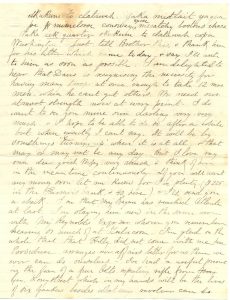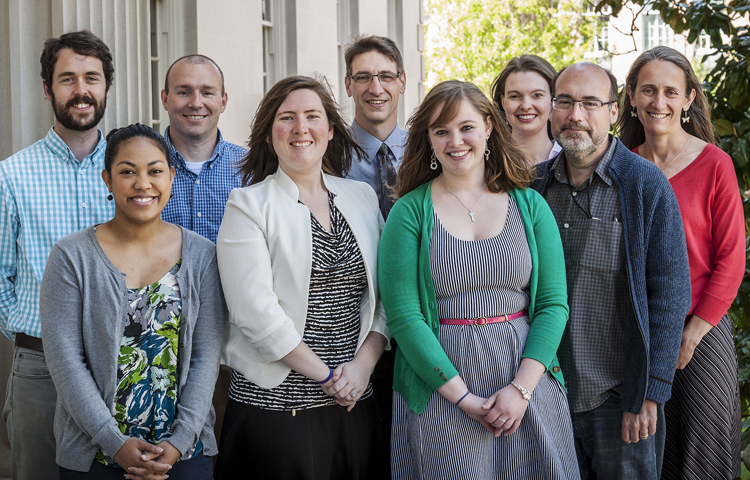![]()
Here at CDA, our team speaks about communities a lot, working to imagine and redefine what that word implies. But what exactly do we mean when we say a Community? That question seems straightforward but there is a great deal of ambiguity in this term. When we at CDA talk about communities, we aren’t just talking about towns that exist right here, right now with a neatly registered zip code. Communities can be towns, cities, parishes, neighborhoods or enclaves, rural and urban, but they can also be identities, small groups, diasporas, and informally established. Some are “post-place” but still united by a common identity. In other words, there was a historic place, but now it’s a group of dispersed people.
This complex relationship between physical space and abstract meaning produces important discussions about identity, motivating community partners and community champions to combat what scholars like Michelle Caswell have called “symbolic annihilation.”[1] Communities that had been historically, and continually, marginalized, erased, and ignored are finding ways to increase their visibility through community-archival and cultural heritage work. This increased visibility showcases the three parts of what Caswell et al calls “representational belonging.” These three parts, we were here, I am here, we belong here, affirms the importance of a community’s existence.[2] Gaps in the narrative of underrepresented communities affect histories and have consequences for contemporary identities. By refocusing the narrative, communities control their own modes of representation as opposed to tokenism by traditional power structures.
Here are a few examples of why representational belonging is so important. Shankleville is an un-incorporated community in Newton County, Texas. This was a “freedom colony” founded by Jim and Winnie Shankle in the postbellum period. What does it mean for the contemporary community that lives in and studies Shankleville that there are so many gaps in the narrative about the lives of Jim and Winnie? Another community example is found in Portland, Oregon. One community member talked about the invisibility of the Black community there, especially when paired with notions of gentrification and infrastructure expansions, like a light-rail that displaced large swaths of the African American community. Local organizations, like the Vanport Mosaic, use art and other media to amplify forgotten histories, but what do the historic erasure practices mean for those living in the Pacific Northwest? A final example is the Eastern Kentucky African American Migration Project which examines the now diasporic community previously located in Lynch, KY. As jobs in the coal mining industry dried up in the mid-20th century, families relocated physically, but they remain deeply connected to Harlan County and each other. What does it mean for miners, children and grandchildren of miners to be so far apart across the country, but to return yearly for reunions? All these communities are striving for representational belonging, internal and external confirmation that their stories matter.
This is one of our grant project data visualization maps, showing the locations of just some historic black towns and communities. There are plenty of places and communities that remain hidden and part of our work is to present as full and as rich a representation as we can based on the materials presented by communities.
We post every week on different topics but if there is something you’d like to see, let us know either in the comments or email Claire our Community Outreach Coordinator: clairela@live.unc.edu.
Follow us on Twitter @SoHistColl_1930 #AiaB #yourstory #ourhistory #communityarchives #EKAAMP #HBTSA #SHC #SAAACAM #memory #community #CDAT @vanportmosaic @shankleville
[1] Michelle Caswell, Alda Allina Migoni, Noah Ceraci, and Marika Cifor, “‘To Be Able to Imagine Otherwise’: community archives and the importance of representation,” Archives and Records, 38., no. 1, (2017), 5-26.
[2] Caswell, et., al.



